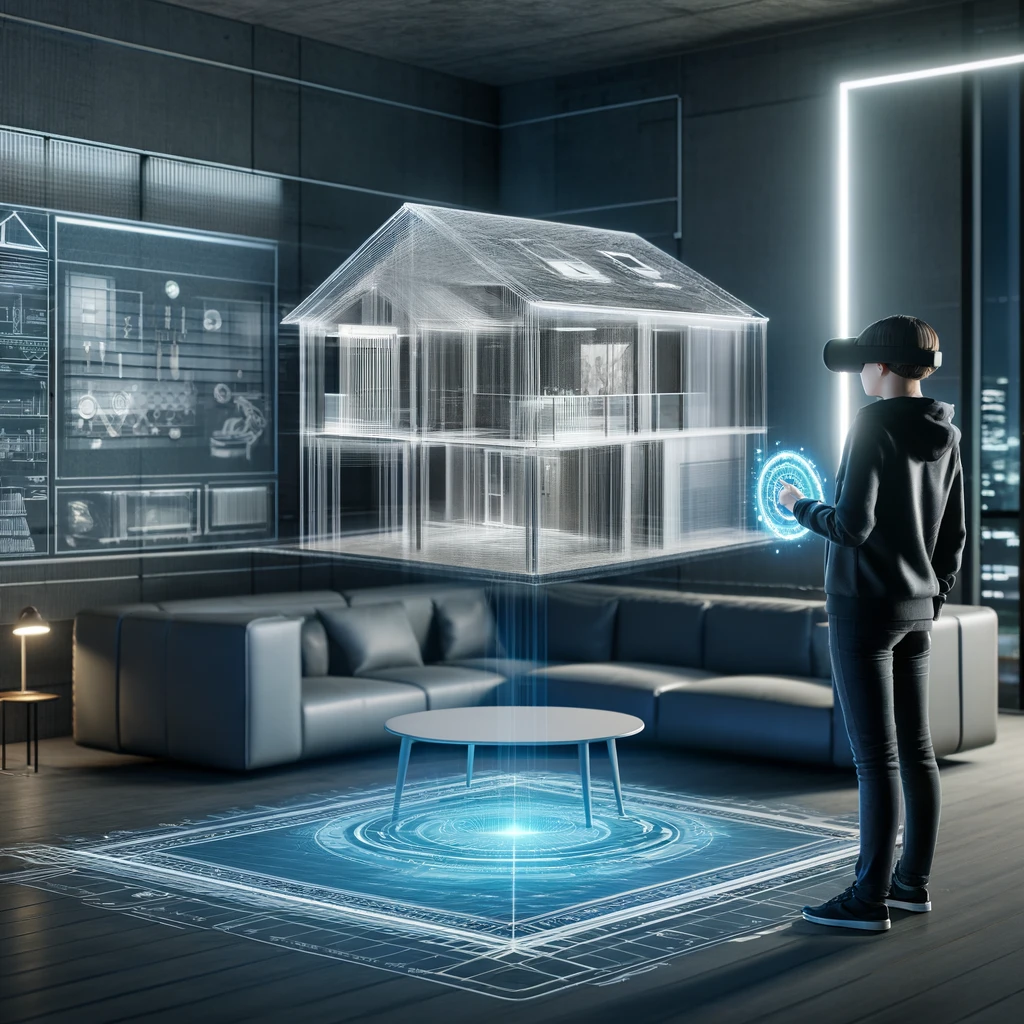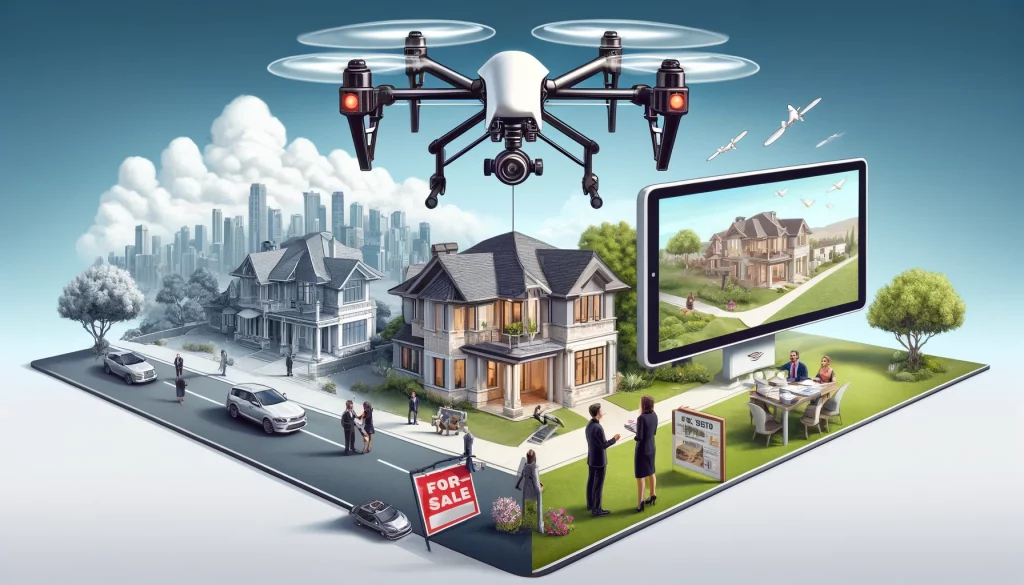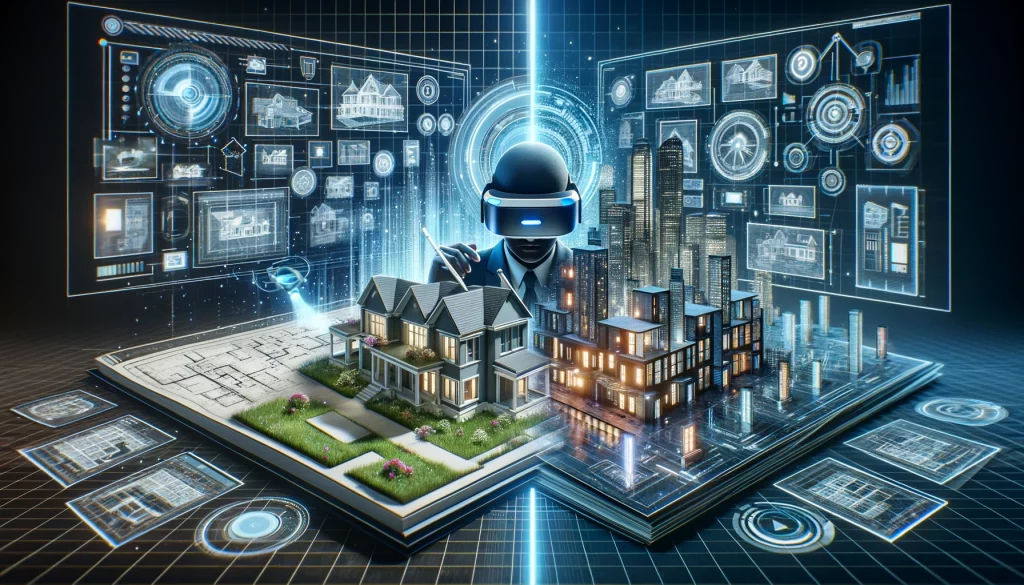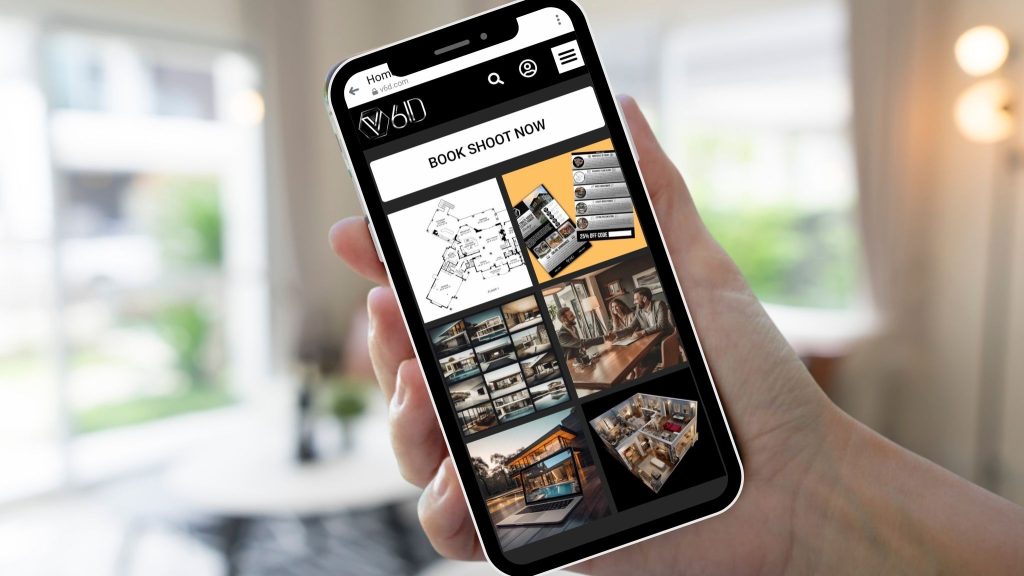Why Accurate Floor Plans are a Game-Changer in Real Estate
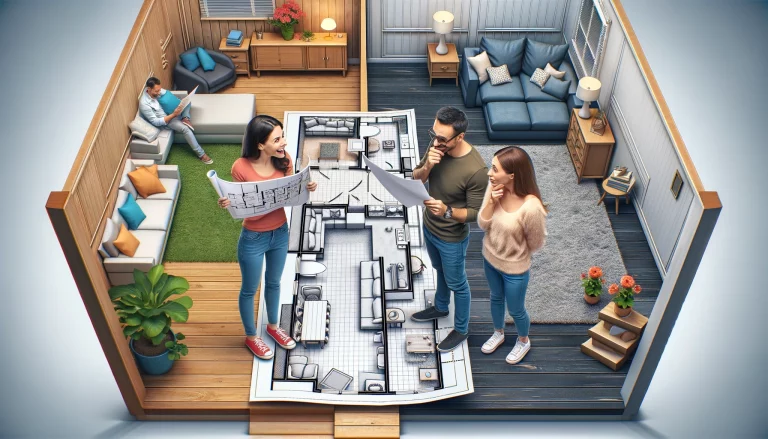
When it comes to buying a home, the details matter. Accurate floor plans are not just a technicality—they are a vital tool that can significantly influence the real estate market dynamics. Here’s why they are indispensable: Building Trust with Transparency:
Transparency is the foundation of trust in real estate dealings. Accurate floor plans provide a truthful representation of a property, ensuring that what buyers see in listings is exactly what they find in reality. This clear expectation setting builds confidence among potential buyers, enhancing their trust in both the property and the seller.
Enhancing Visualization and Spatial Planning: For many buyers, visualizing themselves in a space is crucial. Accurate floor plans help potential buyers understand the layout and size of the property, allowing them to imagine living in the space and plan where their belongings might go. This can be especially useful for buyers considering renovations or wondering how their current furniture will fit into a new home.
Streamlining the Buying Process: Accurate floor plans can streamline the real estate buying process by filtering out unsuitable properties before a physical visit. Buyers can assess whether a property meets their needs based on the layout alone, saving time for both themselves and real estate agents.
Boosting Marketability and Property Value: Properties that come with detailed and accurate floor plans tend to attract more interest and can command higher prices. This is because a well-documented property often gives the impression of being well-maintained. Additionally, it helps real estate agents market properties more effectively, potentially leading to faster sales.
Minimizing Misunderstandings: Accurate floor plans reduce the risk of misunderstandings and disappointments that can occur when a property does not match buyers’ expectations. This ensures a smoother transaction process and can reduce the likelihood of deals falling through due to discrepancies between the listed and actual property features.
Conclusion: Accurate floor plans are more than just a selling tool; they are a critical component of the real estate market that benefits both buyers and sellers by enhancing trust, improving visualization, streamlining the buying process, and ultimately making properties more appealing. They are indeed a game-changer in helping buyers make informed decisions and in helping sellers showcase their properties effectively.

Here are four FAQs about the importance of accurate floor plans in the real estate market that you could use to inform or engage your audience:
1. What is an accurate floor plan and why is it important in real estate?
An accurate floor plan is a detailed drawing that represents the layout of a property, including room sizes, windows, and doors. It's crucial in real estate because it provides potential buyers with a clear understanding of a property's structure, which helps them visualize living in the space and plan their setup before making a purchase decision.
2. How can accurate floor plans affect a real estate transaction?
Accurate floor plans can significantly streamline the buying process by reducing misunderstandings and misrepresentations. They ensure that buyers are fully aware of what they are purchasing, leading to higher satisfaction and fewer disputes. This transparency can also speed up the decision-making process and enhance the likelihood of closing a sale.
3. What common problems are avoided with accurate floor plans?
Common issues avoided with accurate floor plans include the mismatch between buyer expectations and the actual property, confusion about space functionality, and the inefficiency of physical site visits. Accurate floor plans minimize the risk of buyers feeling misled about the size and layout of a property, which can lead to dissatisfaction and deal cancellations.
4. Should real estate agents and sellers invest in professional floor plan services?
Yes, investing in professional floor plan services is advisable for both agents and sellers. Professional floor plans enhance property listings, making them more attractive and comprehensive. This can increase interest from potential buyers and help properties stand out in competitive markets. It's a small investment that can lead to quicker sales and potentially higher selling prices due to better presentation and buyer perception.
Why Accurate Floor Plans are a Game-Changer in Real Estate Read More »

